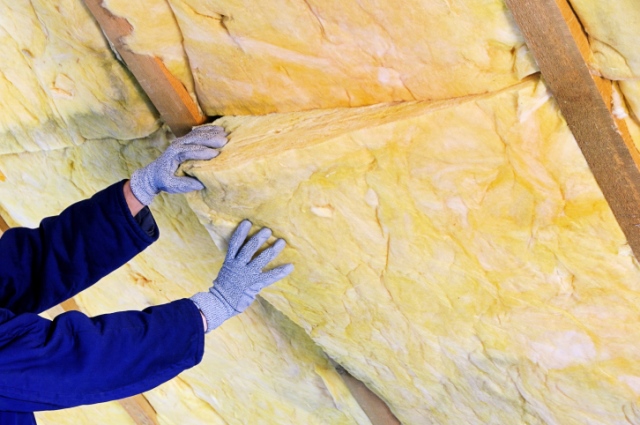
by GroupM7 | Nov 29, 2014 | Blog
What Does REME technology mean for Longview TX? Feb 3, 2012 It’s a chilly night and something’s wrong with the heating system. It’s either not working or poorly heating the home. Troubleshooting heating systems isn’t difficult, and it can, in...

by GroupM7 | Nov 29, 2014 | Articles
Does Your Texas Home Have Adequate Attic Insulation? Nov 29, 2014 With high temperatures typically reaching into the 80 and 90s for several months out of the year, Longview area residents are always looking for effective techniques to help keep their indoor living...




